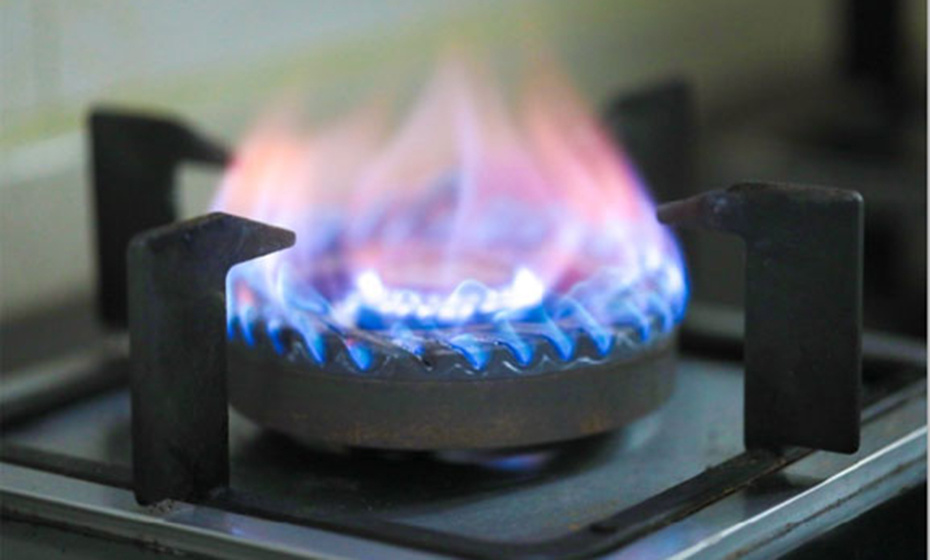
It is imperative to adjust the resource tax of non-metallic minerals due to serious resource waste
Published on:
2021-09-15
On the one hand, the western developed countries have listed non-metallic minerals as strategic resources for reserve, and on the other hand, we have exploited a large number of them inefficiently or even exported them cheaply, which is the embarrassing situation faced by the domestic non-metallic mineral field at present. An official of the State Administration of Taxation recently said that for some non-metallic mineral resources that have irreplaceable status in industry and national defense, the state plans to fine tune the resource tax on some non-metallic minerals next year to strengthen protection and guidance.
On the one hand, the western developed countries have listed non-metallic minerals as strategic resources for reserve, and on the other hand, we have exploited a large number of them inefficiently or even exported them cheaply, which is the embarrassing situation faced by the domestic non-metallic mineral field at present. An official of the State Administration of Taxation recently said that for some non-metallic mineral resources that have irreplaceable status in industry and national defense, the state plans to fine tune the resource tax on some non-metallic minerals next year to strengthen protection and guidance. On December 20, under the leadership of the Department of Foreign Trade of the Ministry of Commerce, the "China Nonmetal Mine Development Seminar" was held on a small scale in Beijing. Officials and experts from relevant national ministries and commissions said that non-metallic mines have reached the point where the state must introduce policies to protect and guide them. Zhang Shaohua, a domestic authoritative expert in non-metallic mineral resources and vice president of the China Africa Geological Engineering Exploration and Research Institute, said that China is a large country of non-metallic mineral resources, and the reserves of many varieties rank in the forefront of the world. For example, the output of talc in China is about 2.7 million tons per year, and the export of talc accounts for 30% to 35% of the total international trade. China has always been the world's largest exporter. However, the reserves of some of our minerals are insufficient, and there are huge worries about sustainable supply. Take the limestone as an example. Almost half of the proven resources can not be exploited and utilized. In fact, they are "dead ores". What's more, there is a serious waste of resources in the whole industry of non-metallic mines. Yu Yantang, director of the expert committee of the China Nonmetallic Minerals Industry Association, said that many mines in China have been gradually "privatized" after restructuring, and private enterprises often resort to predatory development for short-term profits, leading to high waste in the mining process of mineral resources. In order to obtain profits and recover investment as soon as possible, many enterprises often do not mine in accordance with the rules, resulting in the industrial phenomenon of mining rich to discard poor, mining easy to discard difficult, mining thick to lose thin and large mines opening small. As a result, resources are wasted and destroyed. The average utilization rate of non-metallic mineral resources is only 20% to 30%, and that of some gypsum mines is even only 10%. Shen Wanci, a professor in the Department of Materials Science and Engineering of Tsinghua University, said that modern national defense science and technology can not be separated from non-metallic mineral materials, and an important foundation of nuclear technology is the fluorine chemical technology with fluorite as the basic raw material; The stealth material of stealth fighter is also a composite material mainly composed of graphite and other non-metallic minerals. "The varieties of strategic mineral reserves in the United States have included industrial diamond, fluorite, graphite, kyanite, schistose mica, talc, pyrophyllite and other non-metallic minerals, but China has no real strategic mineral reserves, or even no list of varieties." Relevant experts suggest that the non-metallic mineral resources must be reevaluated as soon as possible to find out the family background. To further clarify which non-metallic minerals in China are internationally superior, more abundant, insufficient and seriously short of minerals. On this basis, it provides scientific basis for planning and utilizing two resources, two markets and realizing sustainable supply. Liu Xinhua, an official of the Department of Foreign Trade of the Ministry of Commerce, said that in September this year, the non mining industry had begun to benefit from the national adjustment of import and export tax rates for some resource based products, and the original export tax rebate policy for some primary mineral products had been cancelled. Liu Xinhua also said that the state has gradually improved the import and export management of non-metallic minerals by using financial, tax and other economic means, guided enterprises to accelerate product restructuring, and improved the technical content and added value of non-metallic mineral products, with obvious results. However, it is not enough to strengthen management only in the import and export trade link. In this regard, Liang Wei, Director of the Local Taxation Department of the State Administration of Taxation, said that the central government has placed the rational development and utilization of resources in a strategic position related to the overall economic development. Next year, the State Administration of Taxation plans to fine tune the resource tax on some varieties of non-metallic mines at an appropriate time according to market prices and industry development.
Relevant News
CONTACT US
Add:No.2 Hongxing Rd, Yangjia industry zone Wuyi country Jinhua City, Zhejiang Province, China
Dominic

copyright © Zhejiang Suoxin Industry and Trade Co., Ltd All rights reserved.
| SEO





